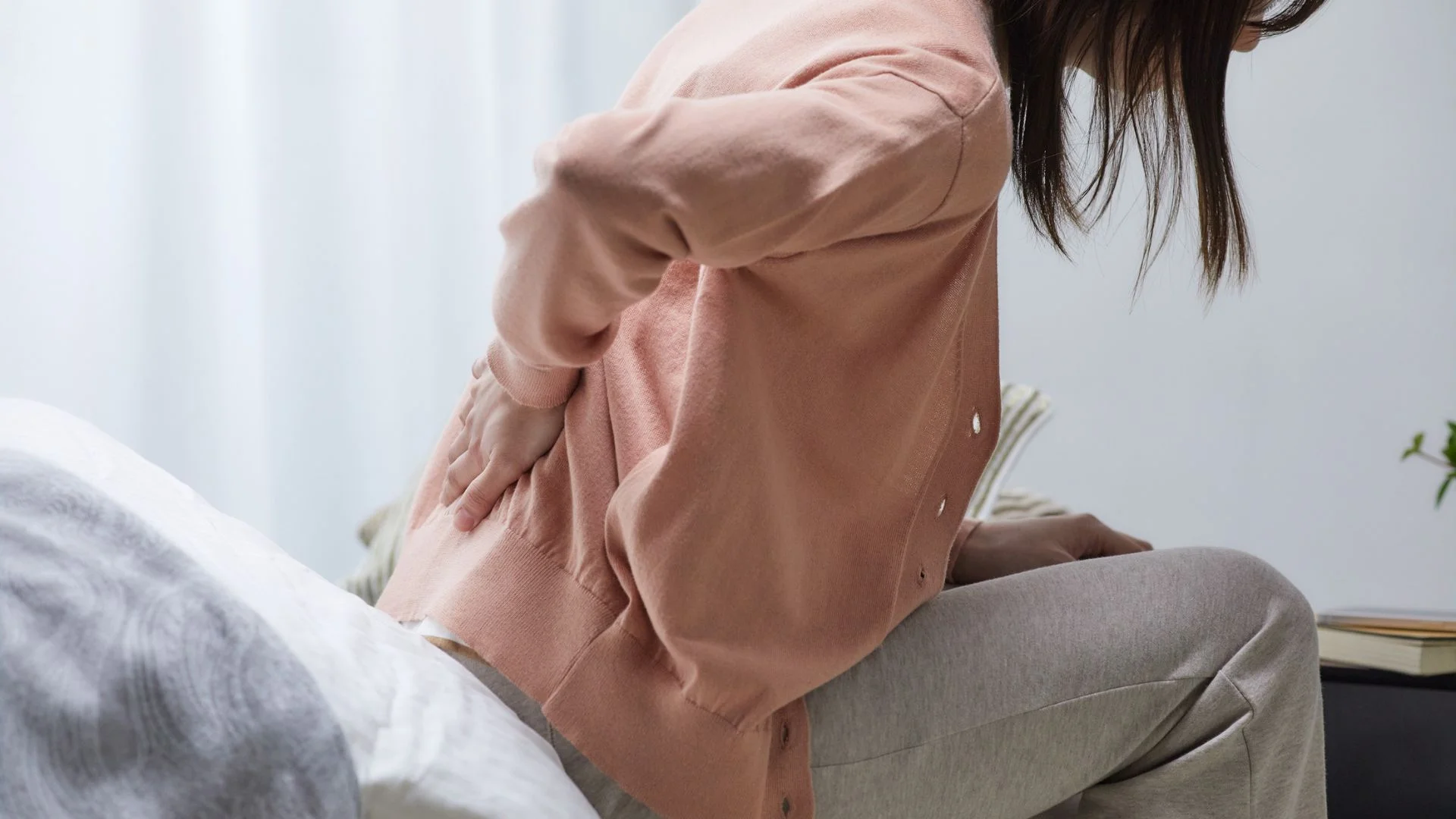Copyright newskarnataka

Managing discomfort during cold or rainy times of the year is a common complaint of those with chronic musculoskeletal diseases, arthritis, or previous injuries. Changes in temperature and increased humidity can alter the behaviour of the body tissues, which can influence the comfort and flexibility of the joints. Emphasis on warmth, gentle movement, diet, and other basic care strategies can minimise discomfort and keep people active. Recognising the nature of weather-related pain Cold or rainy conditions do not produce pain, but may accentuate the stiffness and sensitisation which is felt in joints and muscles. Weather changes, which influence temperature, humidity, or barometric pressure, change the manner in which the tissues respond. Sensitised nerves feel pain more easily, while muscle tension and reduced activity produce increased stiffness. Medications such as febutaz 40 tablets for pain may be given in management depending upon the local advice of a doctor, but self-care along with medications may give improved results. Significance of warmth For relief of pain in cold weather, it is important to keep the body. The lower temperature usually produces muscle contraction and stiffness in the joints, which makes gentle heat a simple solution to promote comfort. Wear layered clothing made of soft, insulating material. Use warm compress or heating pads over tense areas. Keep a warm room interior with natural heat, especially during very early morning and late evening. Activity and gentle exercises It is important that the individual maintain a good level of activity continuously for joint function, even during cold or rainy weather. Activity helps distribute the fluid in the joints and keeps the muscles limber. Gently stretch during the day, with slow and careful movements Prefer low-level activity, for example, indoor walking or yoga, or physiotherapy exercises Avoid sudden or vigorous activity which may aggravate symptoms Hydration and Nutrition Drinking water aids general joint health and flexibility in the tissue. Nutrition is also an important factor in controlling symptoms. Drink plenty of water even when no thirst is felt Fish or other fresh vegetables, fruit, whole grains, and lean protein should be included in the daily diet Avoid processed foods, undue levels of sugar or of salt, which may lead to inflammation generally Sleep and Rest Enjoying good quality sleep helps alleviate the pain reflex. Sleep patterns are sometimes disrupted by cold weather due to the symptoms. Provide an adequate, warm and comfortable environment at night with sufficient bedding to keep warm Getting up and doing gentle stretches before rising in the morning will allay some stiffness in the legs and other areas Regular sleeping patterns with healthy nighttime bedtime skills should be followed Mental Well-being Mental health will, to a significant extent, influence how the pain is perceived and managed, particularly in periods of inclement weather. Other methods of relaxation and encouragement of feelings of elation will help to overcome symptoms. Any form of helpful perceived mental activity should be practised, for example, mindfulness, deep breathing, or meditation, or simple enjoyment of hobbies, crafts or other pleasurable indoor activities of reading etc. This situation should be nurtured so that full communication is kept with family or friends by phone or other indoor activities. Moisture and Clothing Staying dry during periods of rain will significantly lessen the sensitivity of the joints and muscles. Being in damp clothing will undoubtedly chill the body and joints. Get out of damp clothing fast after coming indoors from rain Use socks made of an absorbent fabric and carefully-made waterproof footwear Adjust the humidity in the house with gentle air currents from fans or low heating Topical Methods Use of topical warmth or gentle massaging on any affected surfaces may temporarily reduce tightness in these areas Use of warm towels, heated wrappings or mild bathing compression above-mentioned areas Gently massage with quite light pressure with suitable oils or creams Medical Management In prolonged conditions requiring medication, regular use tends to bring about stability. Regular check-ups are necessary for all medications taken. Febubow 40 Tablet may be needed to be taken in a few individuals who may need this to have regular control of pain related to uric acid or gout, but always by the advice of a doctor. Professional Advice Consultation with a physiotherapist or medical professional may be helpful to work out a scheme of individual care. Assessments to be asked for worked out on dockets before any form of new exercises or therapy is undertaken If recurring or changing symptoms occur, ask for advice from a local clinician where necessary Sunlight and Vitamin D A degree of exposure to the sun helps produce vitamin “D”, which is essential for bone and muscle health. Some short improvements of outdoor walking during daylight hours is practical, when available. Aim to be in some sunlight while warmth is gained Seek advice regarding helpful supplementation if the level of vitamin D is low as per medical guidance



